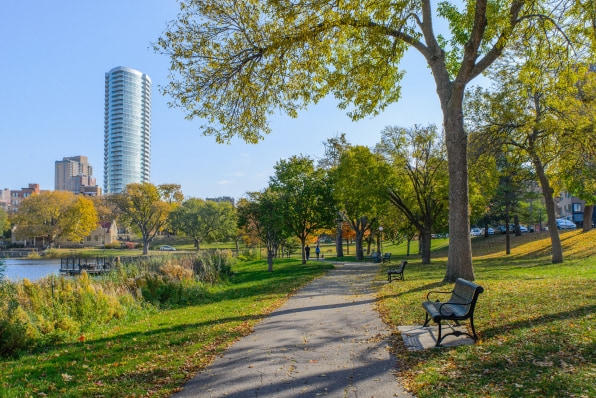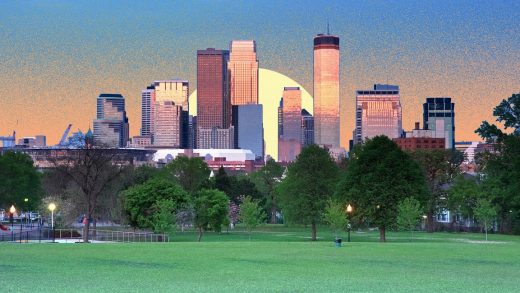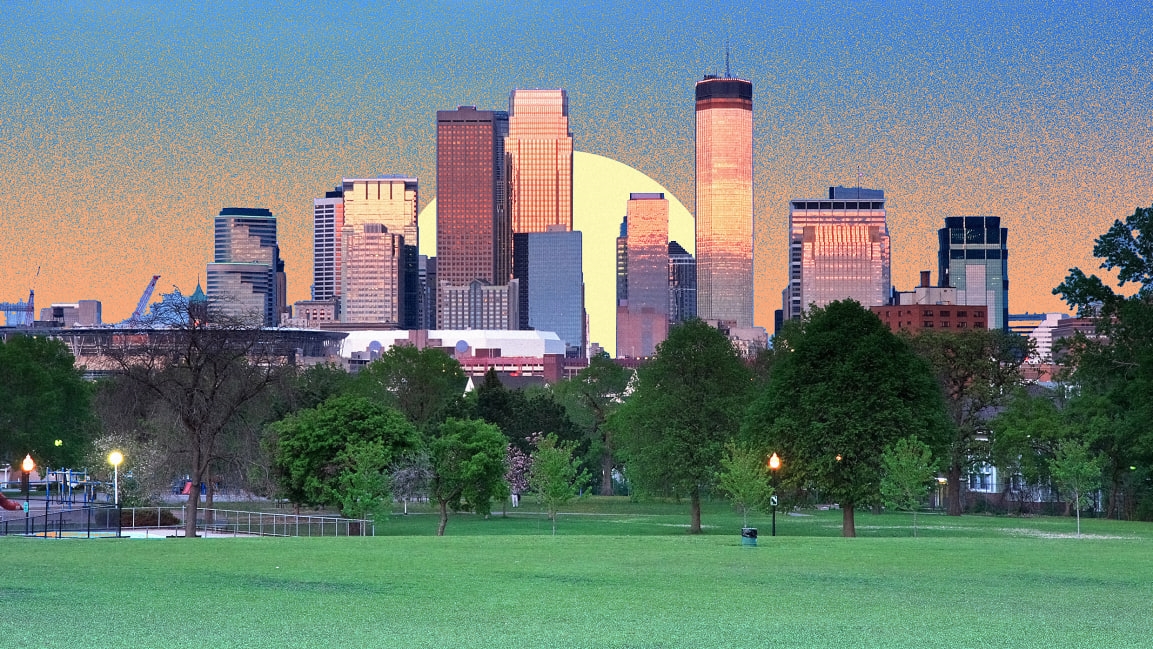Parks are a key space during lockdown, but many Americans don’t live anywhere close to one
Parks may have never been quite as important in the U.S. as they are right now. In cities that are still under lockdown, they’re among the few places that are open. In places that are starting to reopen, they’re a potentially safer and more-spaced place to meet friends, from a distance, than a restaurant or an apartment. Studies show that spending time in parks reduces stress and boosts health. But where you live matters: for many people, it’s far harder to reach a park than others.
Each year, the nonprofit Trust for Public Land ranks American cities based on their parks—the size of parks and total area in the city, investment in parks, amenities such as playgrounds and dog parks, and, most importantly, access, or the percentage of residents that live a 10-minute walk from a park. Using GIS mapping technology, the organization maps not just the distance from homes to parks, but any obstacles to access, such as a highway separating a neighborhood from green space.

These are the 10 cities with the highest scores out of a possible of 100. Minneapolis, where the average park is a little over five acres and 98% of residents live within 10 minutes of a park, took the top place.
Other cities fare far worse: In Oklahoma City, with a score of 23.8 out of 100, only 38% of residents live within a 10-minute walk of a park. Even in cities known for public parks, such as New York City, some neighborhoods have far less access than others. Nationally, a huge number of people don’t live near any parks. “In this country, 100 million people—that’s a third—and 28 million kids don’t have a park close to home,” says Diane Regas, president and CEO of The Trust for Public Land. “And that number is way too high. It’s very problematic for people who are mandated to stay close to home to not have a way to get outside. The COVID pandemic is disproportionately affecting people of color, low-income people, and it’s exacerbating the disparity that we already know exists in the investment in parks in those communities.”
The use of parks during the crisis may lead to more investment in them, though there’s also a risk that as the economy struggles, poorly-funded parks could lose more support. “I think communities will rely more and more on parks as part of the recovery from this,” Regas says. “Our concern is that as the pressure on communities is unlike any other time, there will be pressure to cut the budgets of park departments, which would be a huge mistake.”
The organization is now lobbying for more federal support. “We are leading a coalition of 100 different groups, public sector and private sector, who are asking Congress to include in the stimulus bill a one-time, significant investment in urban parks to help close that park access gap,” she says. “We just think that everybody should have a park close to home. And now’s the time to really move the needle on that.”
(11)



